Instruction
The Wedge Guy’s favorite wedge practice drills
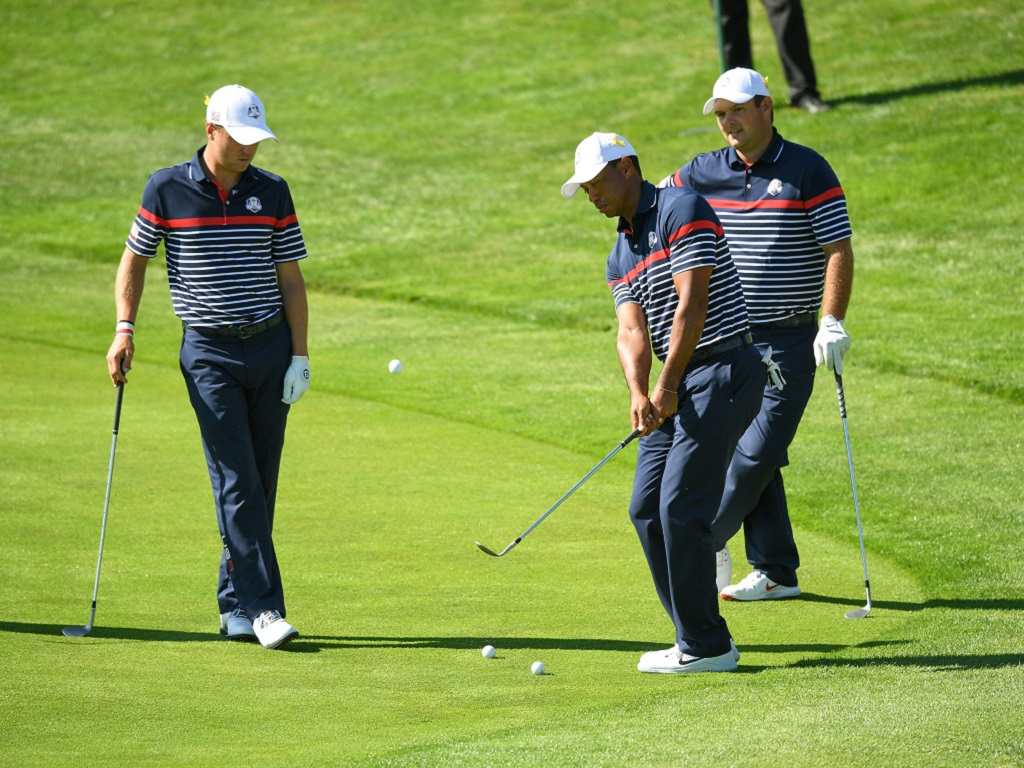
I received an email from a reader this past week asking me what my favorite practice routines or drill were for sharpening my wedge game — or at least warding off any creeping wedge yips. My theory from years of experience and multiple bouts with that ailment is that it stems from poor fundamentals, which leads to one or two skulled or chunked short shots — which then can advance into full-fledged wedge yips.
So, my wedge practice routine begins with a detailed look at fundamentals – posture, alignment, ball position, grip/grip pressure – and then advances to examination of the actual chipping and pitching motion of the swing.
Rather than get into those fundamentals, I’ll dive right into my favorite practice drills once those are re-visited and in place. No matter what your skill level might be, I am convinced that time spent on these will yield giant rewards in your scores and enjoyment of the game. There is nothing quite so demoralizing and maddening than to hit a good drive and better-than-average approach shot, then chunk or skull a simple chip or pitch, turning a par or bogey-at-worst into a double or even more.
How can the shortest shot on the hole be the one that causes the most frustration and damage on the scorecard, not to mention the havoc it wreaks in your mental state? So, let’s move onto what I think are some great practice drills and routines to keep your scoring game at its best.
Core activation
The key to a solid short game is to control the swing with the rotation of your body core, rather than to allow the arms and hands to be the driver. When I’m about to start a short game session, I like to begin with the club extended in front of my body, with my upper arms close to my chest, then rotate my upper torso back and through, to give me the sensation that I am moving the club only with my core rotation, with the hands only having the job of holding on to it. In this drill, you want to ensure that the clubhead is exactly in front of your sternum as you rotate back and through. When you lower the club into the playing position, this puts the upper end of the grip pointing roughly at your belt buckle and it stays in that “attitude” through the backswing and follow through.
S-L-O-W motion
I believe one of the most misunderstood and destructive pieces of advice in the short game is to “accelerate through the ball”. What I see much too often is that the golfer fails to take a long enough backswing and then quickly jabs at the ball . . . all in the pursuit of “accelerating through the ball”. In reality, that is pretty hard NOT to do if you have any kind of follow through at all. Relying on that CORE ACTIVATION move, I like to make very slow swings – back and through impact – experimenting just how slow I can make the swing and still see some ball flight. You’ll be amazed at how slow a body rotation can be made and still make the ball fly in a nice trajectory
Windows
I’m borrowing this term from Tiger Woods, who often spoke of hitting his iron shots through certain “windows”, i.e. first floor, second floor, etc. He was and is a master at controlling ball flight. For your short game, I simplify this into hitting short pitch shots on three different flight trajectories – low, medium and high. I have found the simplest way to do this is to use the same swing for each shot and determine the trajectory by where you place the ball in your set-up. Start by finding the ball position that gives you what you consider to be a “normal” trajectory with your sand wedge. Then, hit some shots with the ball just one inch back and forward of that spot and see what trajectory you get. You can then take that to another level by repeating the process with your other wedges, from your highest lofted to your lowest.
Ladder drill
For this exercise, I like to have some room on the range or practice area that lets me hit balls any distance I want, from ten feet out to about 25 yards, or even more if you can. I start by hitting a basic chip shot to fly precisely to a divot or piece of turf I’ve targeted about ten feet in front of me. The next shot I try to land where that ball stopped. I repeat that process until I have a line of balls from ten feet to 25 or so yards from me. With each shot, I repeat it until I can land my shot within a foot or less of my “target ball.”
The idea of this kind of practice with your short game is to hit so many shots that you feel like you can do anything with the ball, and you can take that confidence and execution skill to the course. You can literally work through a few hundred shots in an hour or so with these drills, and there’s nothing like repetition to build a skill set you can trust “under fire.”
- LIKE171
- LEGIT29
- WOW14
- LOL8
- IDHT5
- FLOP9
- OB7
- SHANK13
Instruction
Clement: Stop ripping off your swing with this drill!

Not the dreaded headcover under the armpit drill! As if your body is defective and can’t function by itself! Have you seen how incredible the human machine is with all the incredible feats of agility all kinds of athletes are accomplishing? You think your body is so defective (the good Lord is laughing his head off at you) that it needs a headcover tucked under the armpit so you can swing like T-Rex?
- LIKE0
- LEGIT0
- WOW1
- LOL0
- IDHT0
- FLOP0
- OB0
- SHANK2
Instruction
How a towel can fix your golf swing
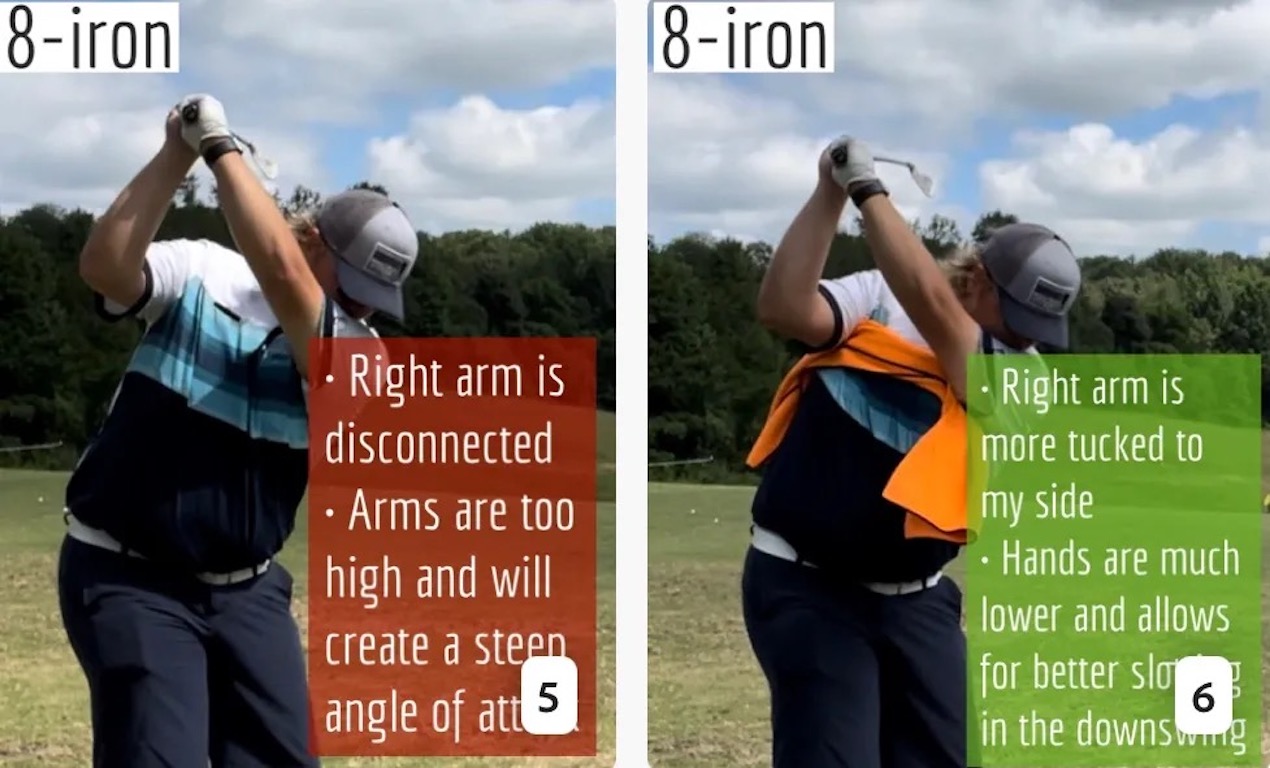
This is a classic drill that has been used for decades. However, the world of marketed training aids has grown so much during that time that this simple practice has been virtually forgotten. Because why teach people how to play golf using everyday items when you can create and sell a product that reinforces the same thing? Nevertheless, I am here to give you helpful advice without running to the nearest Edwin Watts or adding something to your Amazon cart.
For the “scoring clubs,” having a solid connection between the arms and body during the swing, especially through impact, is paramount to creating long-lasting consistency. And keeping that connection throughout the swing helps rotate the shoulders more to generate more power to help you hit it farther. So, how does this drill work, and what will your game benefit from it? Well, let’s get into it.
Setup
You can use this for basic chip shots up to complete swings. I use this with every club in my bag, up to a 9 or 8-iron. It’s natural to create incrementally more separation between the arms and body as you progress up the set. So doing this with a high iron or a wood is not recommended.
While you set up to hit a ball, simply tuck the towel underneath both armpits. The length of the towel will determine how tight it will be across your chest but don’t make it so loose that it gets in the way of your vision. After both sides are tucked, make some focused swings, keeping both arms firmly connected to the body during the backswing and follow through. (Note: It’s normal to lose connection on your lead arm during your finishing pose.) When you’re ready, put a ball in the way of those swings and get to work.
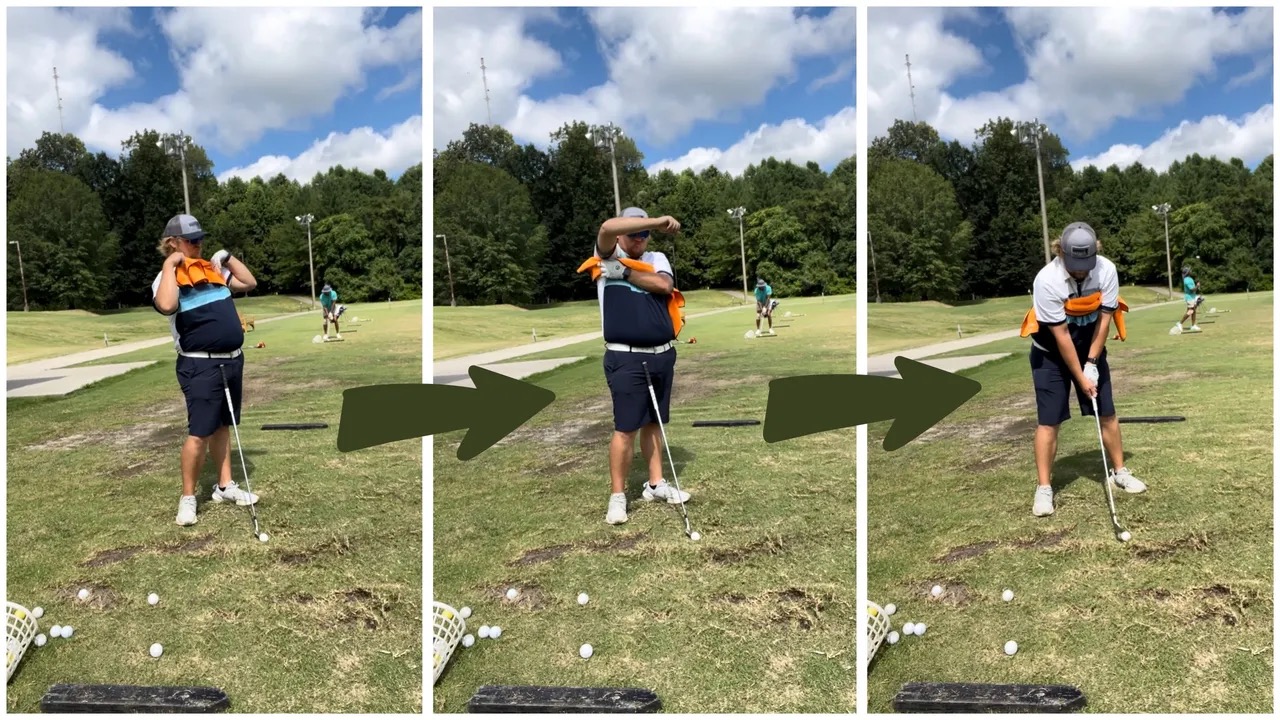
Get a Better Shoulder Turn
Many of us struggle to have proper shoulder rotation in our golf swing, especially during long layoffs. Making a swing that is all arms and no shoulders is a surefire way to have less control with wedges and less distance with full swings. Notice how I can get in a similar-looking position in both 60° wedge photos. However, one is weak and uncontrollable, while the other is strong and connected. One allows me to use my larger muscles to create my swing, and one doesn’t. The follow-through is another critical point where having a good connection, as well as solid shoulder rotation, is a must. This drill is great for those who tend to have a “chicken wing” form in their lead arm, which happens when it becomes separated from the body through impact.
In full swings, getting your shoulders to rotate in your golf swing is a great way to reinforce proper weight distribution. If your swing is all arms, it’s much harder to get your weight to naturally shift to the inside part of your trail foot in the backswing. Sure, you could make the mistake of “sliding” to get weight on your back foot, but that doesn’t fix the issue. You must turn into your trial leg to generate power. Additionally, look at the difference in separation between my hands and my head in the 8-iron examples. The green picture has more separation and has my hands lower. This will help me lessen my angle of attack and make it easier to hit the inside part of the golf ball, rather than the over-the-top move that the other picture produces.
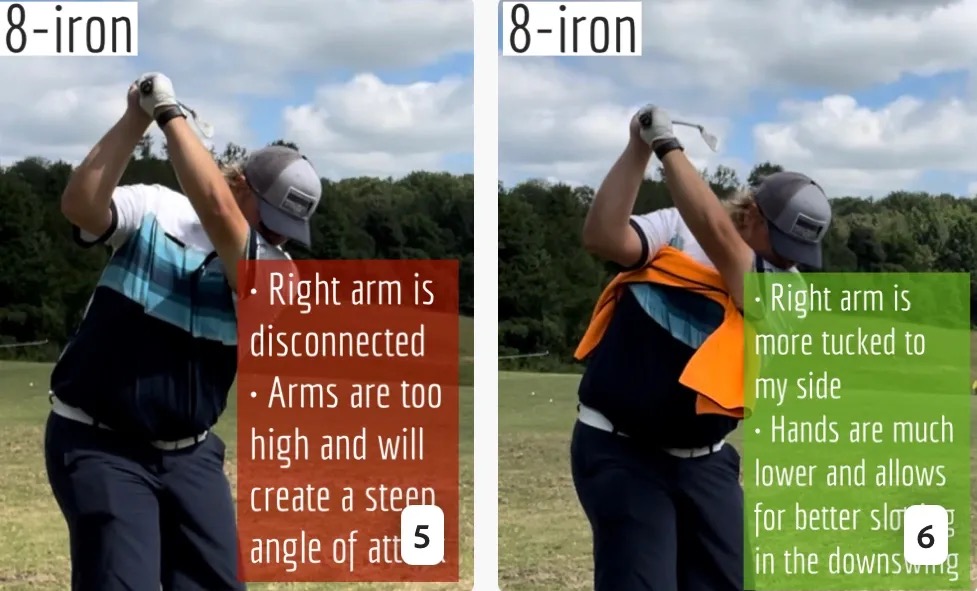
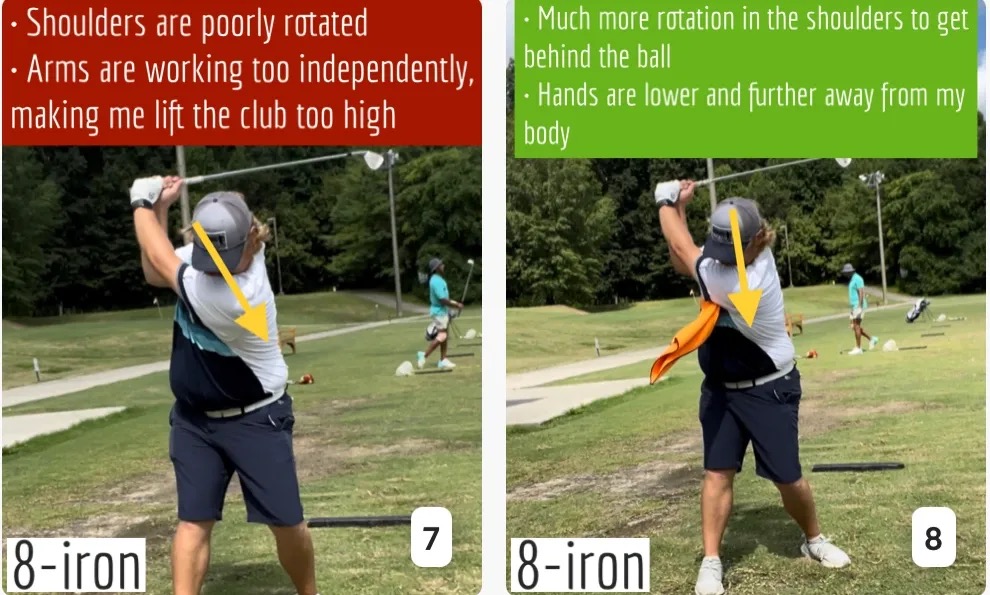
Stay Better Connected in the Backswing
When you don’t keep everything in your upper body working as one, getting to a good spot at the top of your swing is very hard to do. It would take impeccable timing along with great hand-eye coordination to hit quality shots with any sort of regularity if the arms are working separately from the body.
Notice in the red pictures of both my 60-degree wedge and 8-iron how high my hands are and the fact you can clearly see my shoulder through the gap in my arms. That has happened because the right arm, just above my elbow, has become totally disconnected from my body. That separation causes me to lift my hands as well as lose some of the extension in my left arm. This has been corrected in the green pictures by using this drill to reinforce that connection. It will also make you focus on keeping the lead arm close to your body as well. Because the moment either one loses that relationship, the towel falls.
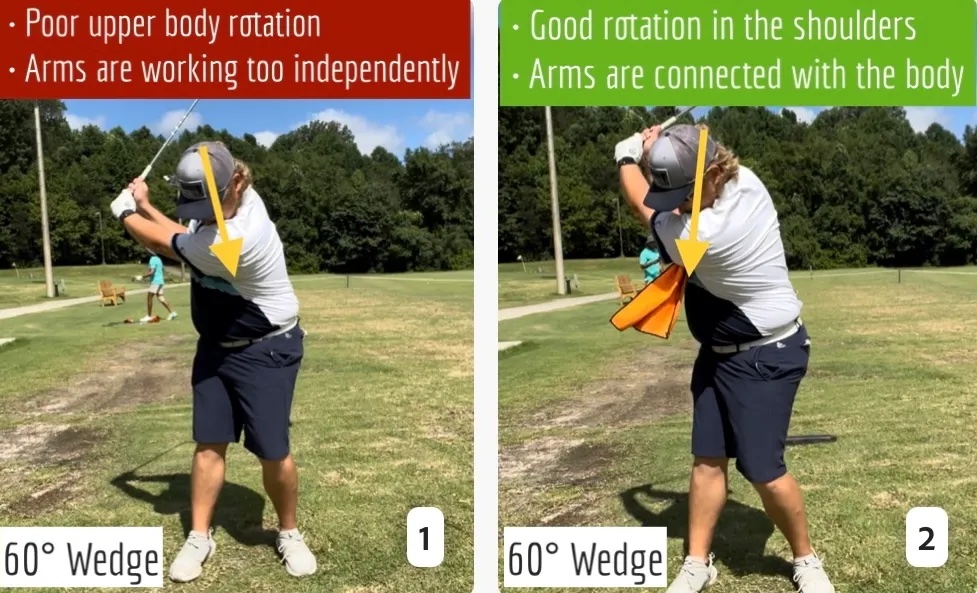
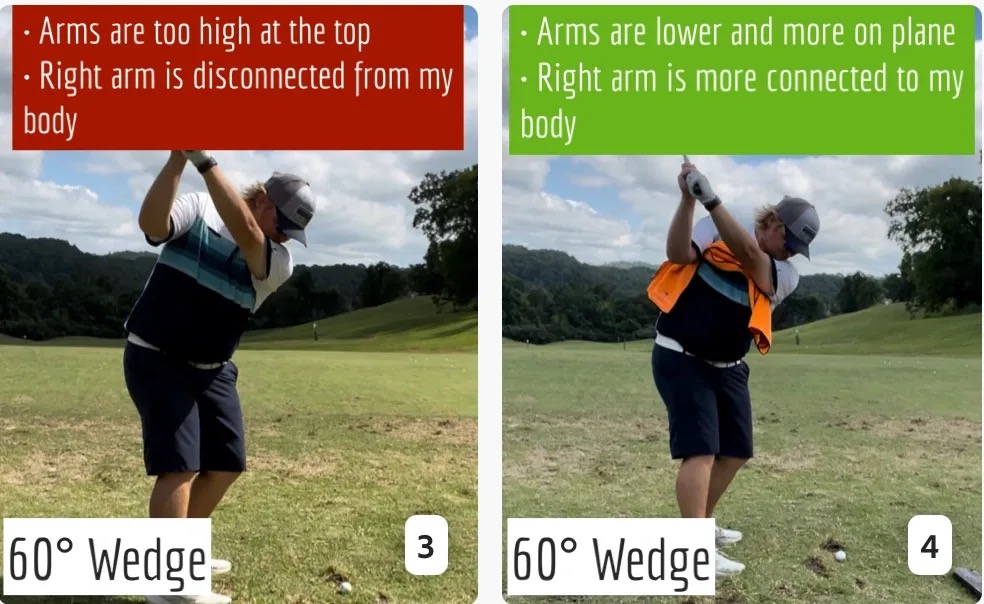
Conclusion
I have been diligent this year in finding a few drills that target some of the issues that plague my golf game; either by simply forgetting fundamental things or by coming to terms with the faults that have bitten me my whole career. I have found that having a few drills to fall back on to reinforce certain feelings helps me find my game a little easier, and the “towel drill” is most definitely one of them.
- LIKE11
- LEGIT1
- WOW2
- LOL0
- IDHT0
- FLOP2
- OB0
- SHANK8
Instruction
Clement: Why your practice swing never sucks
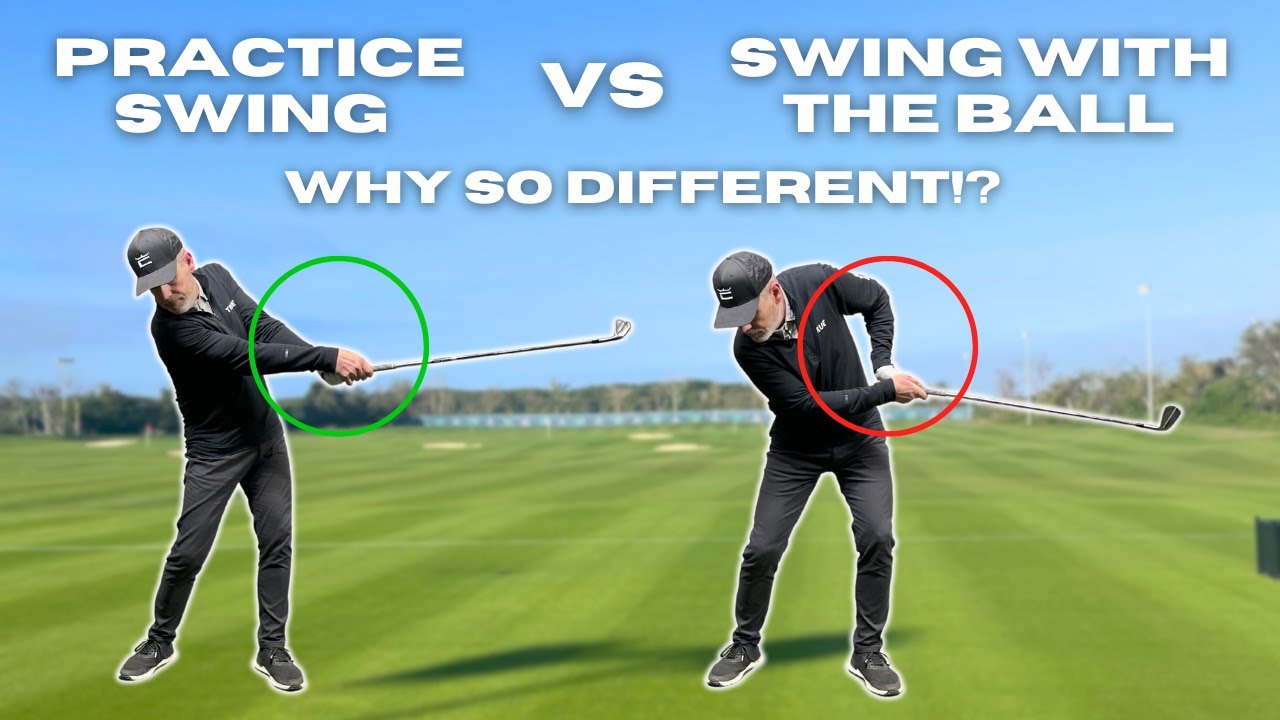
You hear that one all the time; I wish I could put my practice swing on the ball! We explain the huge importance of what to focus on to allow the ball to be perfectly in the way of your practice swing. Enjoy!
- LIKE0
- LEGIT0
- WOW0
- LOL0
- IDHT0
- FLOP0
- OB0
- SHANK2
-

 19th Hole3 weeks ago
19th Hole3 weeks agoTour pro calls Anthony Kim a ‘f*****g idiot’ following Instagram comeback post
-
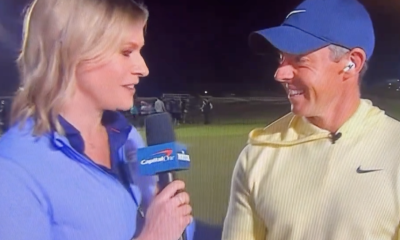
 19th Hole3 weeks ago
19th Hole3 weeks agoThis Rory McIlroy post-round ‘The Match’ moment is going viral…but all is likely not what it seems
-

 Whats in the Bag3 weeks ago
Whats in the Bag3 weeks agoAnthony Kim WITB 2024 (February)
-

 Whats in the Bag2 weeks ago
Whats in the Bag2 weeks agoScottie Scheffler WITB 2024 (March)
-
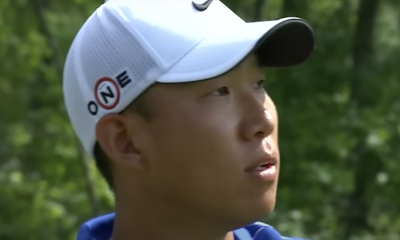
 19th Hole3 weeks ago
19th Hole3 weeks agoAnthony Kim’s speculated LIV Golf sign-on fee may surprise you
-

 Tour Photo Galleries2 weeks ago
Tour Photo Galleries2 weeks agoPhotos from the 2024 Arnold Palmer Invitational
-
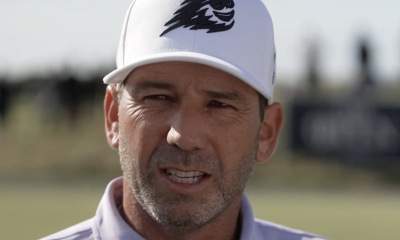
 19th Hole2 weeks ago
19th Hole2 weeks agoThe total sum that Sergio Garcia needs to pay in fines if he wants to return to DP World Tour revealed
-

 19th Hole2 weeks ago
19th Hole2 weeks agoJoaquin Niemann names 3 PGA Tour events he’d love to play each year ‘in a perfect world’











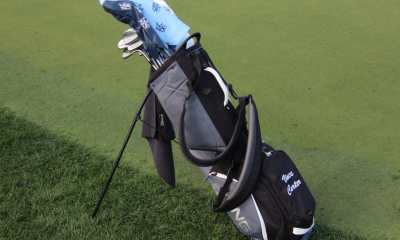





Steve Kruse
Apr 29, 2022 at 12:39 pm
Good article, thanks